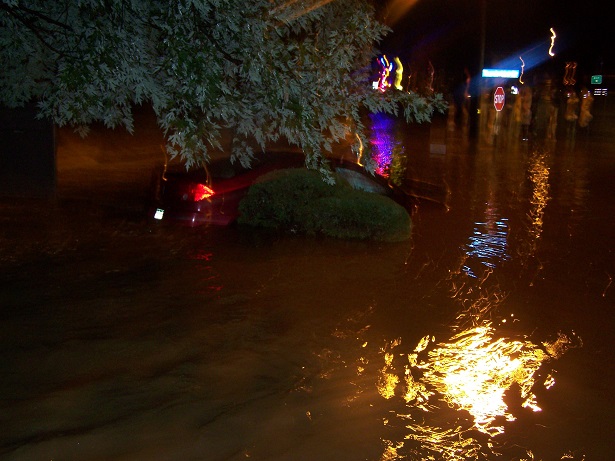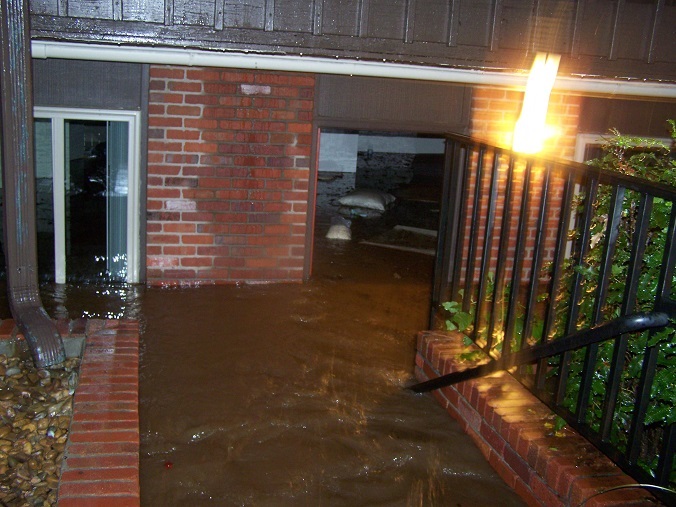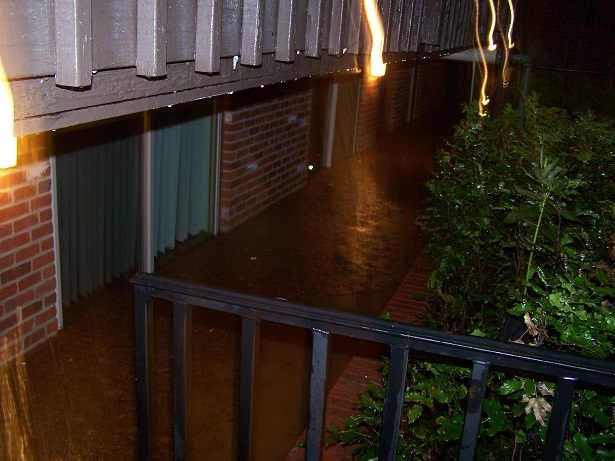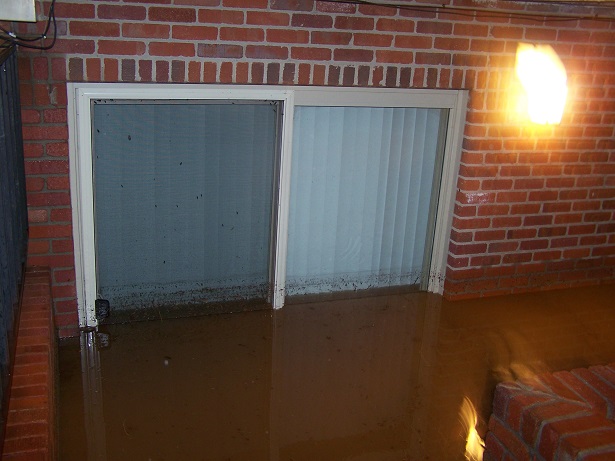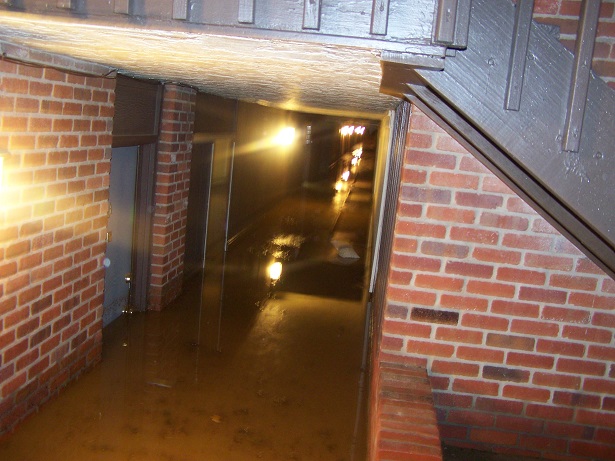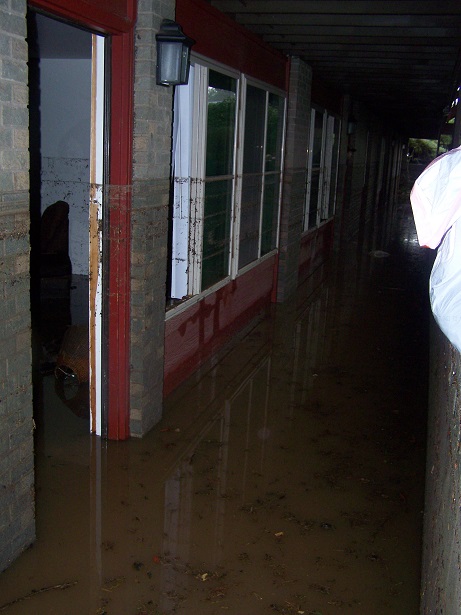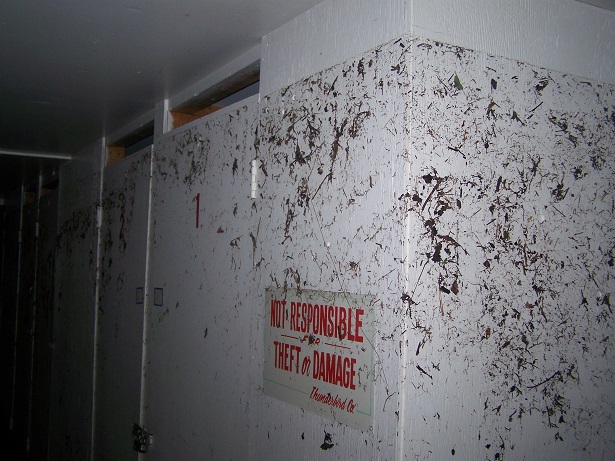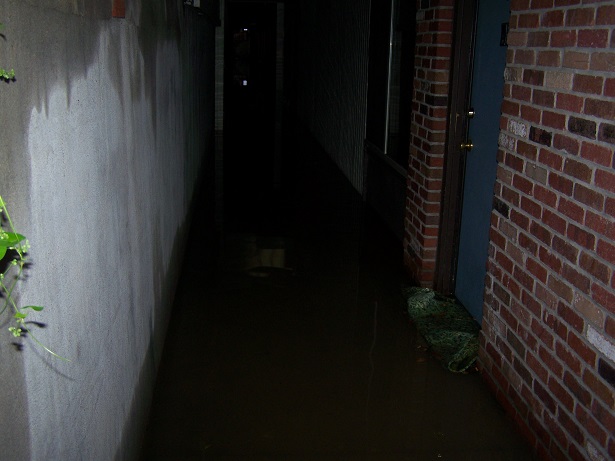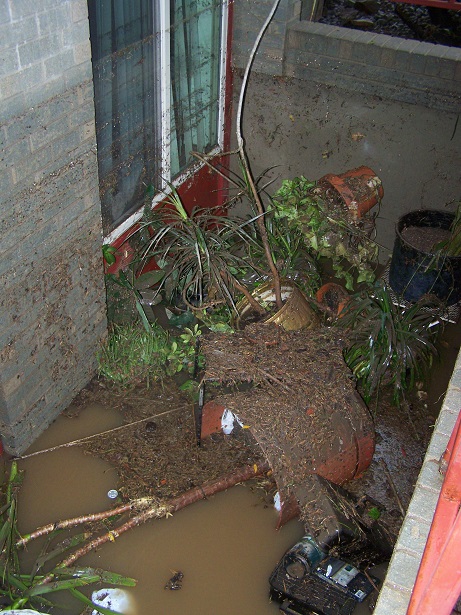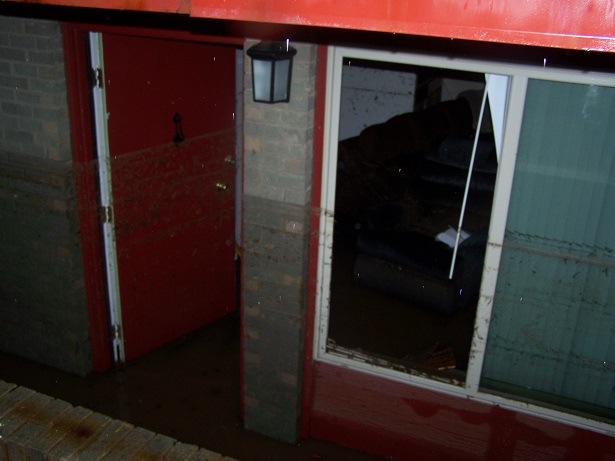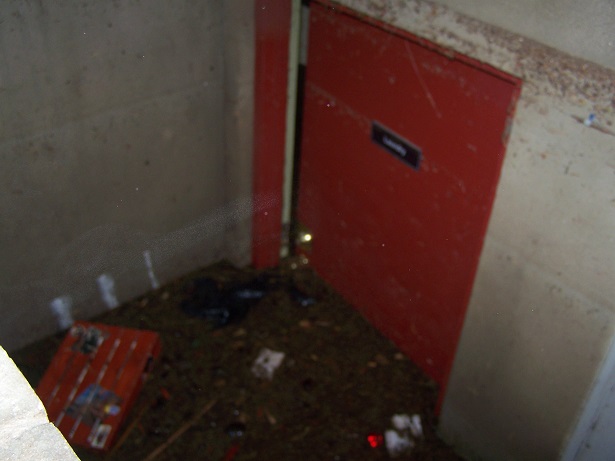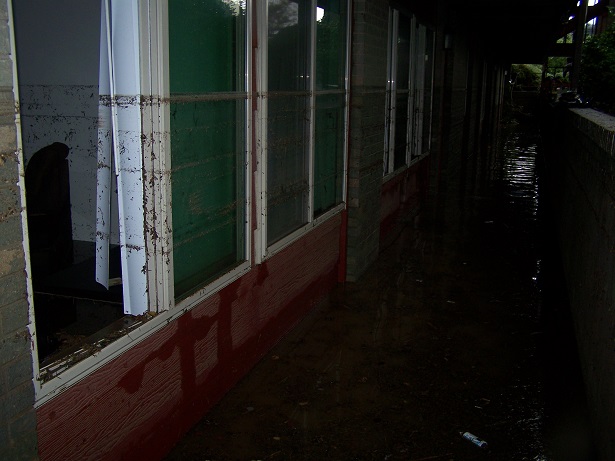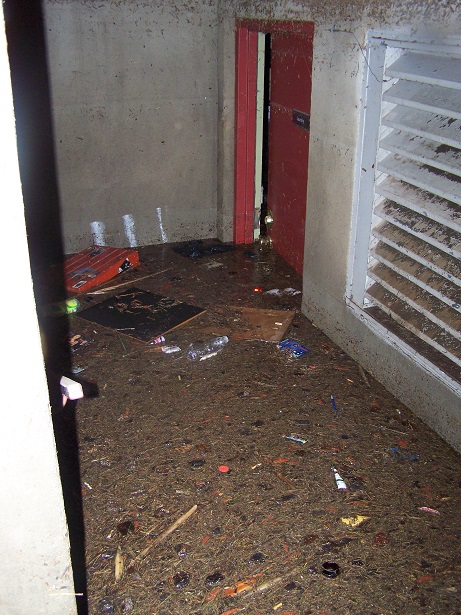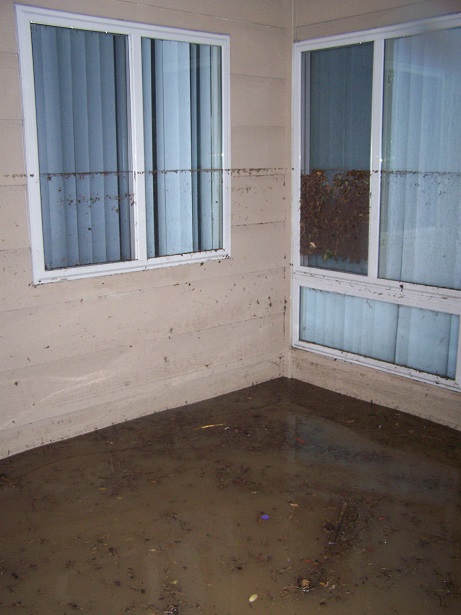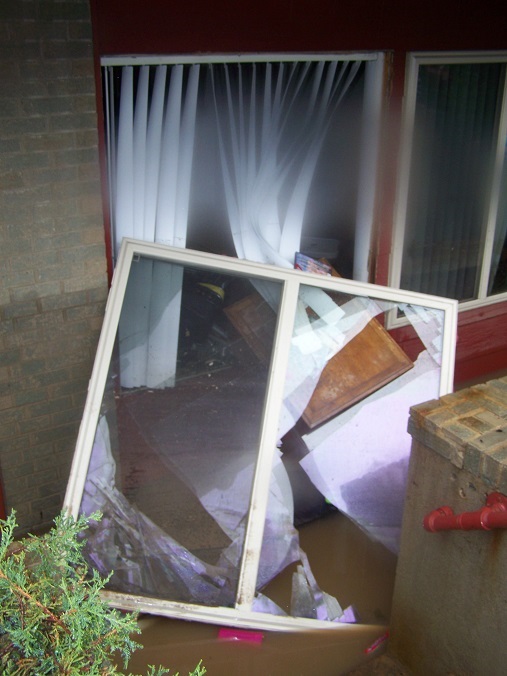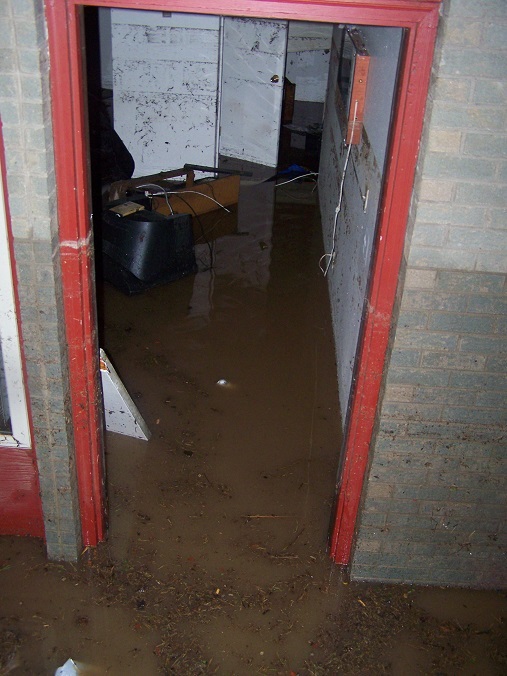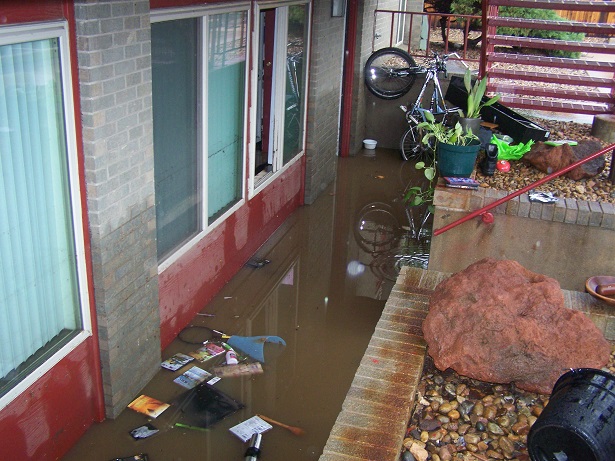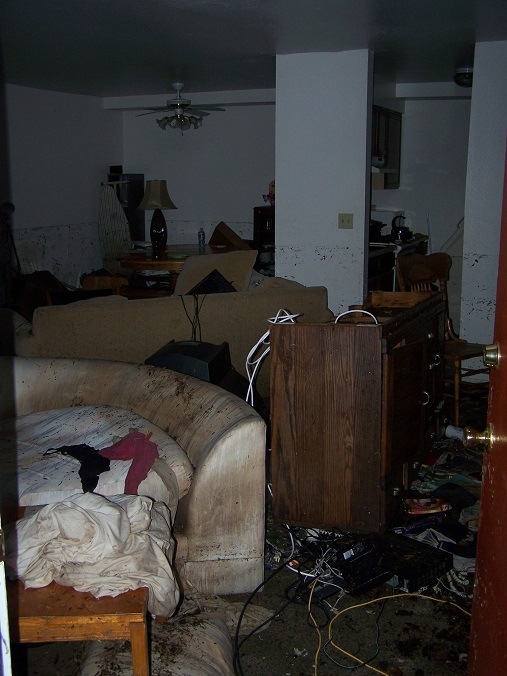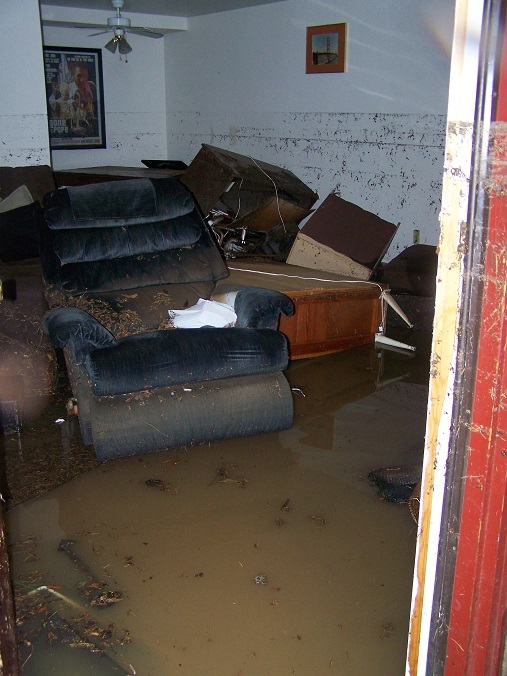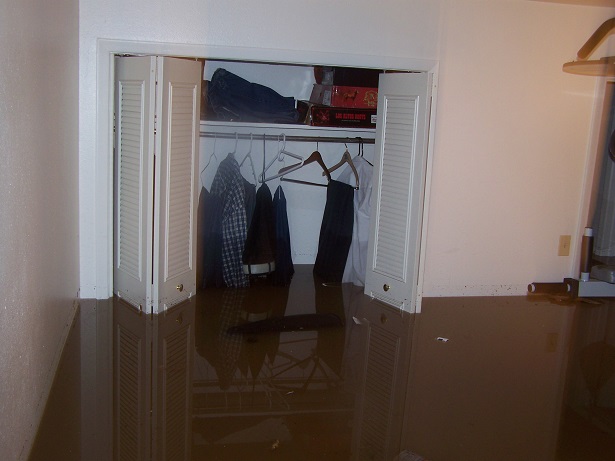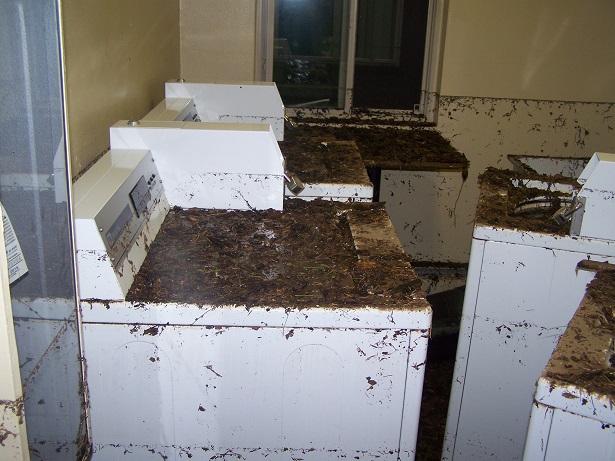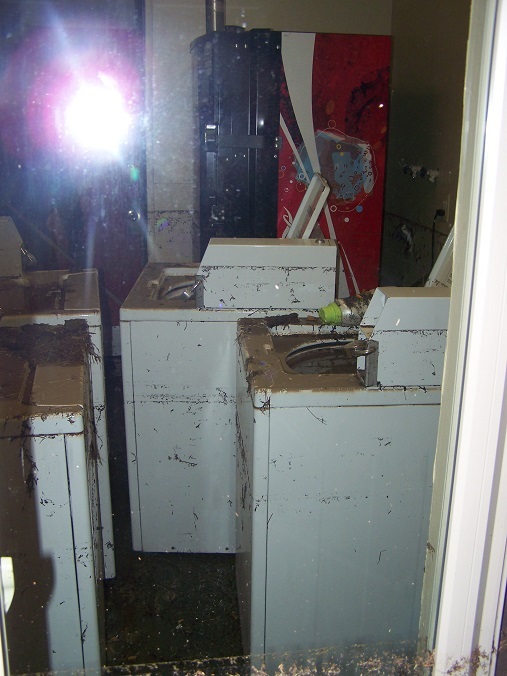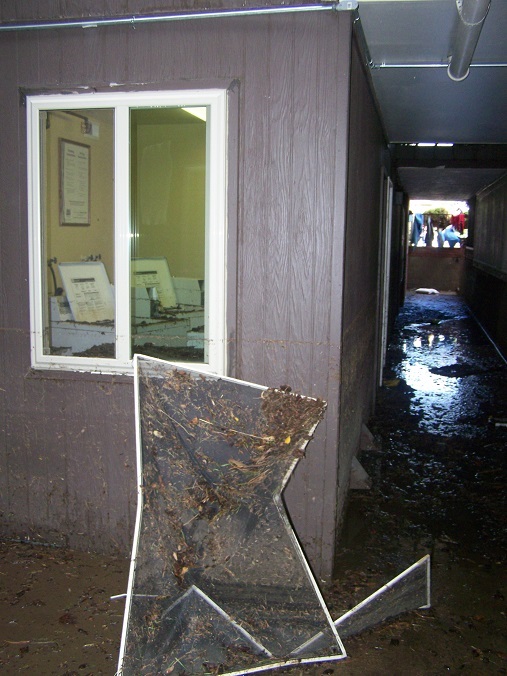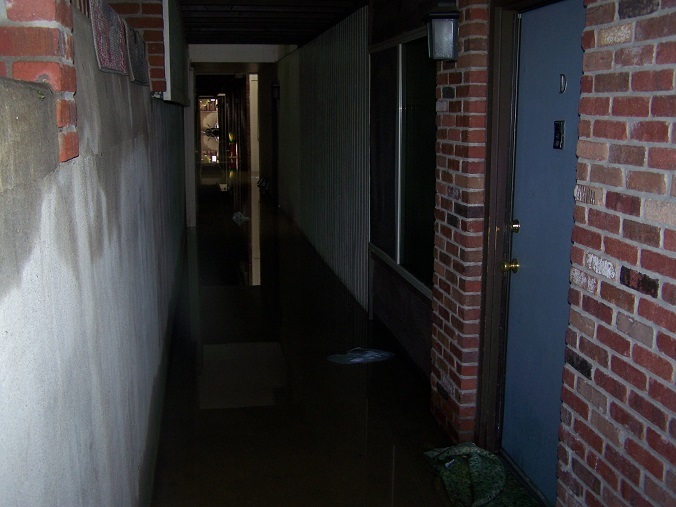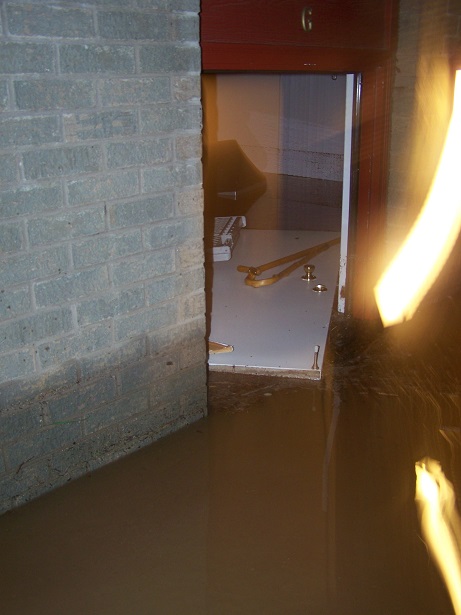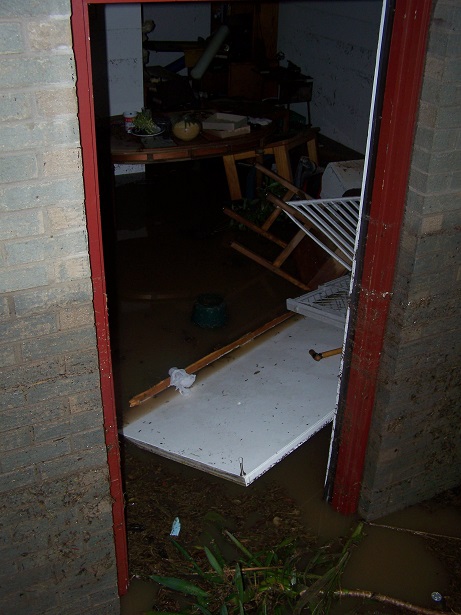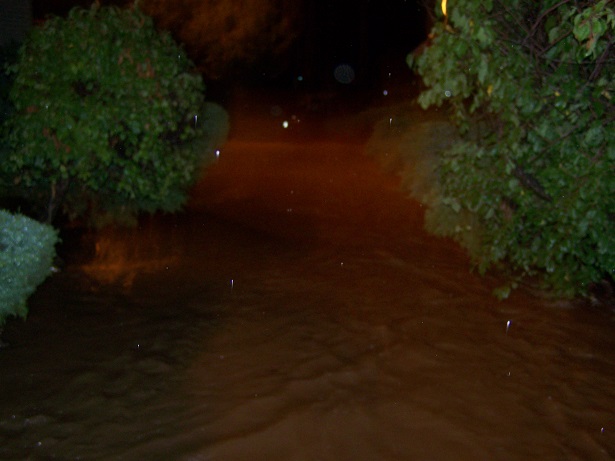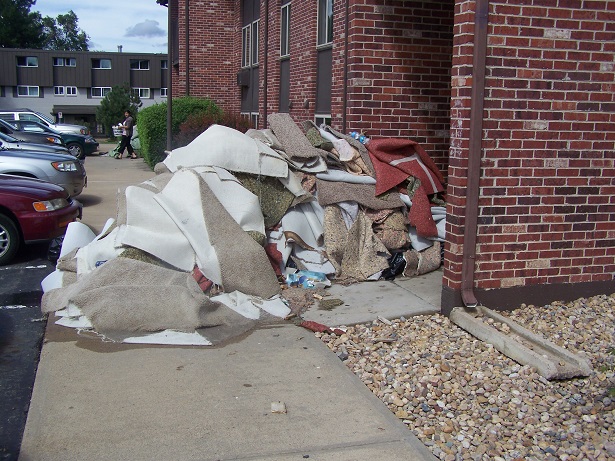The South Boulder Creek Action Group values facts. We support facts-based decision making within the City of Boulder, and we strive for factual accuracy when we communicate with you and others about South Boulder Creek flood mitigation. Here are three information resources we’ve found helpful that you may find helpful, too.

The University of Colorado’s CU South FAQ is a tremendous resource for people seeking to understand CU’s role in flood mitigation at CU South and their plans for the CU South site. If you’ve wondered why CU wants to annex the CU South property, what type of development might happen on the property, or are seeking info about present and future recreation opportunities, check this FAQ out.

In 2017 the City of Boulder produced a detailed document, the result of extensive public process, called the Boulder Valley Comprehensive Plan. Check out the Comp Plan’s Guiding Principles, a set of guidelines regarding the annexation of CU South that exist within the Boulder Valley Comprehensive Plan. The Guiding Principles were created to shape the City’s negotiations with CU. If you’re interested in understanding what the City of Boulder’s values and aims are related to related to this project, those details are here.
 Also, check out the City of Boulder’s South Boulder Creek Flood Mitigation Project page for info about past and upcoming events. There’s also some good project background here including links to videos, maps and FAQs.
Also, check out the City of Boulder’s South Boulder Creek Flood Mitigation Project page for info about past and upcoming events. There’s also some good project background here including links to videos, maps and FAQs.
